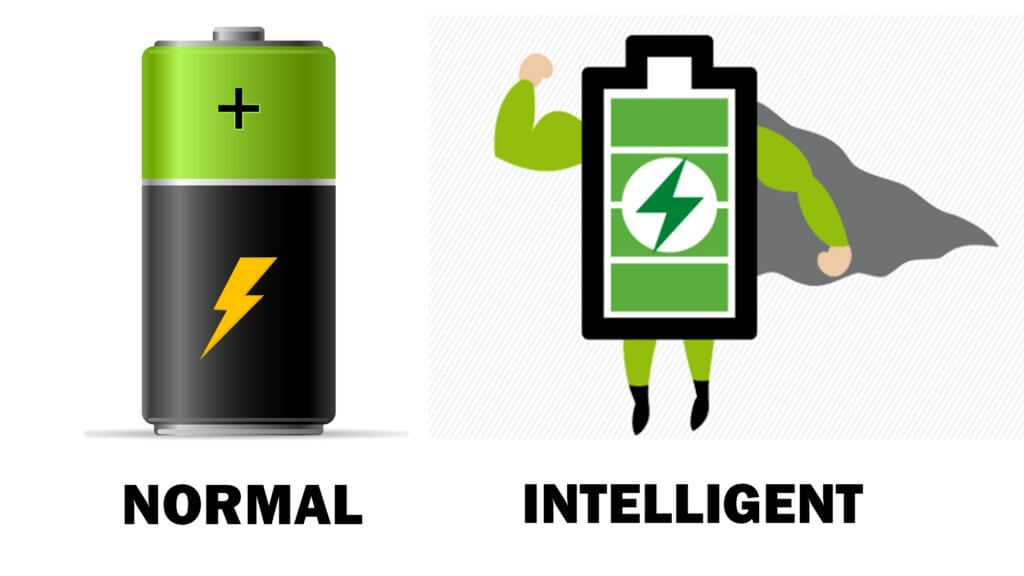Going Green with Legal Tech: How Digital Solutions are Cutting Down Paper Use
Lawyers engage every day in a process that is known for and dependent upon consistency. Those dusty books you see in the background of every law office ever featured in television or film are filled with precedence— a word that matters a lot to lawyers.
But just because the legal profession pays careful consideration to the past, that doesn’t mean it can’t work with an eye toward the future. Digital work solutions are making it easier to cut back on paper use, helping lawyers work effectively while also doing their part to help Mother Earth.
In this article, we take a look at how digital technology influences legal work while reducing the profession’s impact on climate change.
What Trends in Legal Technology are Reducing Paper Usage?
The simple answer is that most businesses — legal or otherwise — are working on reducing their reliance on physical paper. This trend has been seen to a major extent in the medical field where health records have been almost universally converted to digital storage.
Why are hospitals and law firms adopting paperless filing systems? There are loads of reasons.
Cloud-based storage is:
- More practical: Law firms, like hospitals, often need to retain information for long periods. Files accumulate rapidly. The more paper a firm acquires, the harder it is to use. The same way it’s easier to find a specific book on a single shelf than it is amongst thousands of titles in a library, it’s much easier to pull a file out of the cloud using a search term than it is to look for a physical paper amongst the stacks.
- Scalable: Digital technology is also known for its scalability. If a firm opens a new office or expands its practice it needs to be able to operate with as much agility as it did when it was smaller. Digital tech solutions make that possible by allowing everyone— regardless of their physical location— to have access to information.
- Remote work friendly: In keeping with that line of thinking, cloud-based solutions also make it easier for people to collaborate remotely. Law firms, like so many other types of businesses, are looking for ways to let their employees pivot seamlessly into remote work scenarios. Paperless files and other forms of digital communication make this significantly easier to accomplish.
And of course, the phrase “paperless” says it all, doesn’t it? While firms are going digital, they are rapidly losing the need to engage with large quantities of printed materials. Even contracts are written, signed, and carried out in a strictly digital capacity.
All of this serves to save law firms money, space, and time.
Digital Technology is About More Than Just Going Green
There’s something disingenuous about framing the benefits of a tool around what is really just its fringe benefits. Lawyers and business people undoubtedly do appreciate the fact that digital technology allows them to reduce their paper consumption. That isn’t why they invest in these tools.
They do it because the tools work.
Digital technology makes it easier for people to store and process information. It makes communications cleaner and more effective. There are even tools available that can help law students effectively study for the LSATs.
It’s great when technology can make the wider world a better place, but businesses choose their digital solutions with efficiency in mind. The green factor is just a side effect.
Why is that important to keep in mind? Because true sustainability isn’t just a feature that you can add to your card to make sure your order hits the $35 free shipping mark on Amazon. It’s an ongoing commitment to live smaller, smarter, and more effectively.
The Tip of the Iceberg
Paper use reduction is not the only way digital technology is helping law practices reduce their carbon footprint. IoT devices make large appliances more efficient. Using sophisticated sensors, these devices allow law offices to “react” to external stimuli. When no movement is detected in a room, the lights turn off. The A/C or furnace might click off.
These changes may seem minor, but they can add up over time. Meanwhile, virtual collaboration technology allows legal professionals to do more of their office work at home. Commuting to work is one of the most significant causes of carbon emissions in the United States.
Simply by reducing the need for people to go to work, digital collaboration tools allow law firms and many other types of businesses to work toward a greener future.
Conclusion
As digital law technology develops it makes work more accurate and cost effective. Thinking beyond the cloud, lawyers now use digital billing software to add transparency to their practice. They use digital administrative and accounting programs to significantly reduce the amount of time spent on office work.
They are even beginning to use AI programs to evaluate legal documents and search for errors, contradictions, and other logical problems that can be easy for human lawyers to miss.
Even virtual court proceedings have begun to proliferate. This concept has existed for years and was particularly prominent during Covid-19 when it wasn’t practical to gather a significant number of people into a crowded courtroom.
Remote court proceedings reduce the need for mass transportation, further helping to reduce carbon emissions. And of course, it’s important to keep in mind that all of this is relatively new. Only time will tell just how far the benefits of digital technology will extend toward making legal work more sustainable.





















